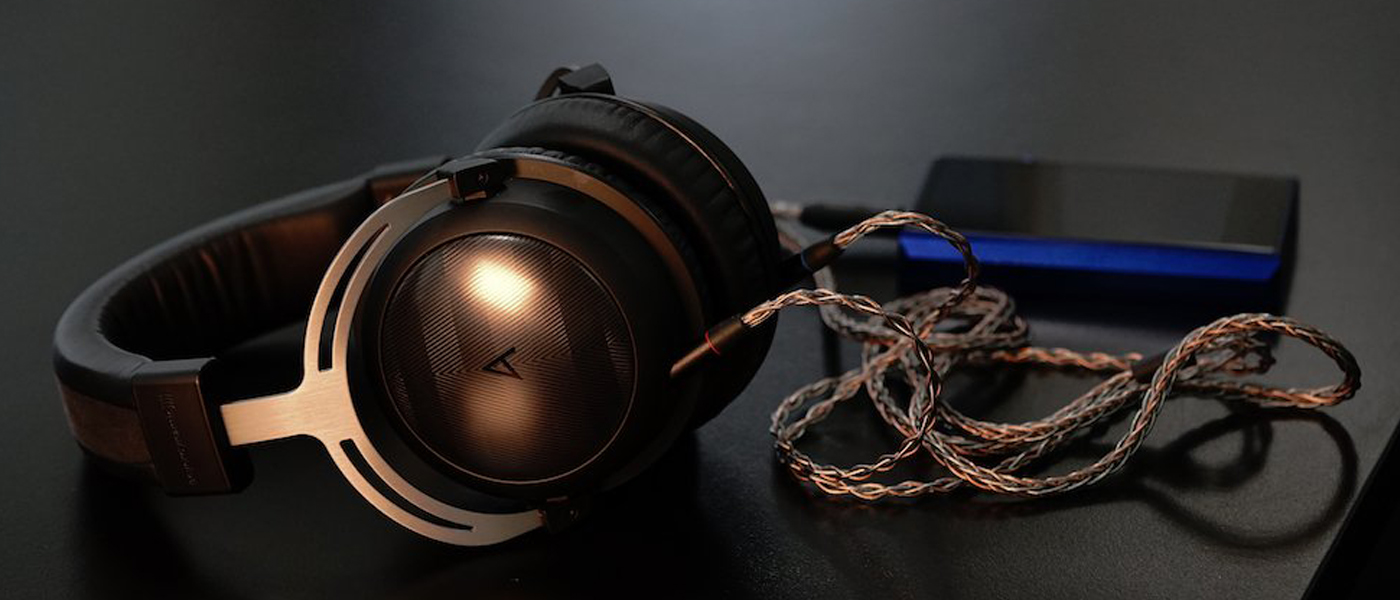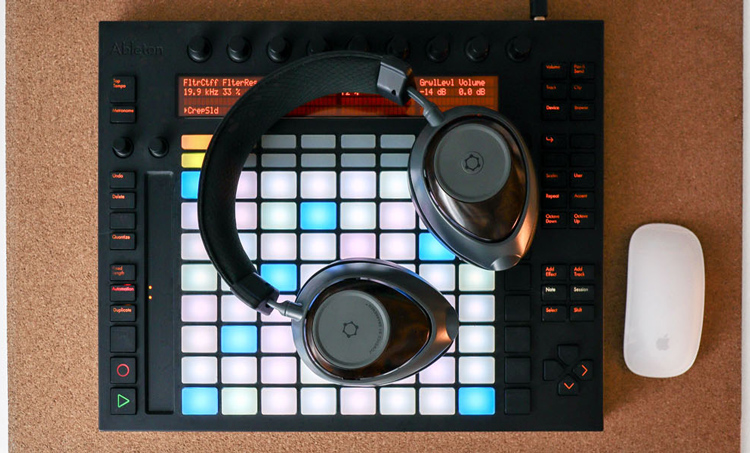
A taste or perhaps a sound of things to come. Do the ORA GrapheneQ™ Headphones deliver on their promise of ‘a groundbreaking audio listening experience?’ Or are these nano-tech based cans JUST a great pair of headphones?
ORA Sound GraphenEQ™ Headphones
- 40mm ORA GrapheneQ™ drivers
- Bluetooth 5.0 wireless connectivity
- Aptx HD and AAC (up to 16bit/48kHz)
- Passive (no battery required) wired connectivity available
- Microphone for phone + chat (wireless)
- Excellent isolation without Active Noise Cancellation

So. Holy crap. I lucked out when doing this review. These headphones arrived just as I was knee-deep in mixing down some of my music. I’m no professional, so I end up doing most of my music-making after hours and while the kids are asleep. And while my studio is currently in the basement (le sigh), sound travels up the vents into my baby boy’s room. That means I do a lot of my critical listening with headphones. Enter the ORA GrapheneQ™ Headphones. Not only did I get to test out a pair, but if they’re good, I could use them to tweak my music to my heart’s content. Well, for as long as I had them anyway.
In my preview, I wondered ‘just what the heck is graphene anyway?’ To help explain, here’s some verbiage I found on ORA’s Kickstarter page:
“Graphene is a new material, first isolated only 13 years ago. Formed from a single layer of carbon atoms, Graphene is a hexagonal crystal lattice in a perfect honeycomb structure. This fundamental geometry makes graphene ridiculously strong and lightweight. In its pure form, graphene is a single atomic layer of carbon. It can be very expensive and difficult to produce in sizes any bigger than small flakes. These challenges have prevented pristine Graphene from being integrated into consumer technologies.”
Secrets Sponsor
But since graphene is “200 times stronger than steel and 1000 times lighter than paper,” ORA has spent the last few years creating GrapheneQ™, their own, “…proprietary graphene-based nanocomposite formulation. Specifically designed and optimized for use in acoustic transducers, GrapheneQ™ is a composite material that is over 95% graphene by weight.” ORA makes it by “…depositing flakes of graphene into thousands of layers that are bonded together with proprietary cross-linking agents. Rather than trying to form one, continuous layer of graphene, GrapheneQ™ stacks flakes of graphene together into a laminate material that preserves the benefits of graphene while allowing the material to be formed into loudspeaker cones.”
That’s a lot of cutting-edge technology packed into the design. However, the price point kind of lets you know. At an average price of $299, these are not high-end headphones. They are aimed squarely at someone like me, the budget-conscious audiophile; which as a first effort is a good thing as it introduces the feature set to a wider customer base.
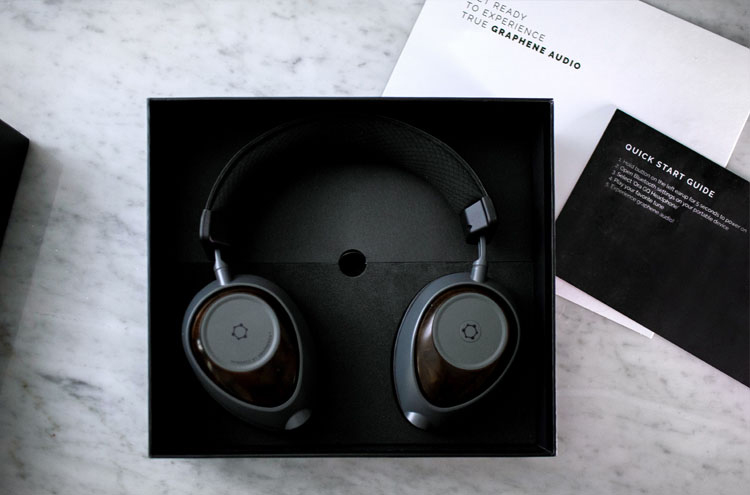
Type:
Circum-aural closed-back headphone
Total Harmonic Distortion:
< .01% (Linear average 20Hz-20kHz)
Sensitivity:
106dB SPL (C-Weighting) @ 1mW Frequency Response
Wireless:
BT 5 with aptxHD and AAC
Wired Operation:
DESCRIPTION
Charging:
USB-C
Included in the box:
USB-A to USB-C, 1/8” (3.5mm) TRS
Driver type:
2x 40mm GraphenEQ™ Moving Coil Dynamic Drivers
Impedance:
32Ω per driver
Frequency response:
3Hz-63kHz
Battery:
3.7V 510 mAh Lithium Polymer battery (Charge via USB-C)
Charge Time:
< 2 hours typical
Average Music Play Time:
22 hours
Microphone Sensitivity:
-56dB (0dB = 1V/Pa)
Microphone Frequency Response:
90Hz – 8kHz
Microphone SNR:
55dB (A-Weighted)
Controls:
Left ear cup button, Right ear cup capacitive touch sensor
Dimensions:
176.6mm x 202.9mm
Weight:
360g
The average price paid by Ora’s crowdfunding backers:
$299.00 USD
Website:
Company:
SECRETS Tags:
ora, headphones, graphene, bluetooth, headphones review 2020, ORA Graphene Audio Inc
Often, when a new technology is introduced, it’s packed with a lot of frills. Not so with the GQ’s. The design of these headphones is quite simple. The user-experience is completely pain-free. Unpack the ORA GraphenEQ™’s and you’ll see why.
You are first greeted by an ultra-minimal (one sentence) one-sheet and a five-step quick-start guide. Included with the headphones are a 3.5mm headphone cord and a USB-C to USB-A cable. There is a USB-C connection along with a single button on the left ear cup and gesture controls on the right. To be honest, I didn’t bother with the setup guide and therefore completely missed the gesture control functionality for the first bit of listening. Once I did stumble upon it, I found it easy to use and intuitive.
The control functions are:
Button (Left Ear Cup):
Hold 5 seconds to turn on/off
Hold 10 seconds at start-up for forced pairing mode
Press once to pause playback
Press once to restart playback
Press once to answer or end a call.
Track Pad (Right Ear Cup):
Swipe Forward or Backward to skip tracks
Swipe Up/Down for volume increase/decrease
Secrets Sponsor
The headphones themselves are Qualcomm aptX HD and AAC Bluetooth capable. Bluetooth pairing was a cinch. I mention this as it is unusual that I’m able to connect to new devices on the first go. The Cambridge CXA61 and B&W P5 are the only other painless connections I’ve experienced. Taking calls was painless as well. The connection was clear via the digital MEMS microphone and never dropped out.
Curiously, there isn’t any Active Noise Control isolation present. ORA states this openly on their website. The fully over-the-ear pad design is extremely lightweight, well-padded and expands easily. Wearing the GQ’s is comfortable as well. Round it all off with a closed-back design, wood ear cups, and breathable lambskin leather and you have a great little package.
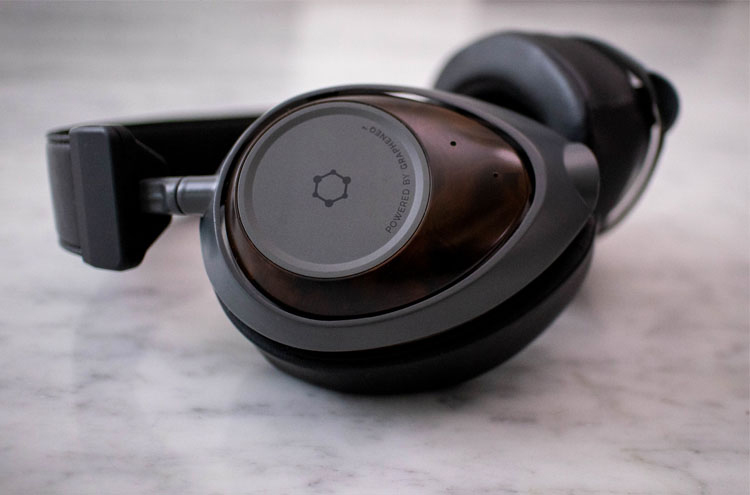
It must be obvious by now that I really enjoyed these headphones. I opted for a Bluetooth connection initially. It was a matter of pure convenience on my end. I was commuting and what better way than to enjoy a new pair of headphones. Then it happened. That sound. I’m not sure best how to describe it other than it felt as though I was listening to my studio monitors instead of a pair of headphones. It was shocking. I kept taking them off and restarting them to see if the sound changed, or if my hearing was off. This wasn’t a bad thing; it was an amazing thing. The sound was just everywhere. They truly didn’t sound like headphones. Where my B&W P5s are warm and lush and my Sony 7506s are harsh and brutal, the GQ’s were just there. Or not there so to speak. This must be due to ORA’s excellent GraphenEQ™ drivers. This a rare instance where the marketing fully backs up the manufacturer’s claim. ORA’s website shows a graphic where the frequency response dips just above 5kHz. This might explain the lack of an overly bright sound, but the dip didn’t affect the detail of the music. On the other end of the frequency spectrum, the same graph shows a subtle bump in from 100Hz and lower which accounts for the well-defined bass.
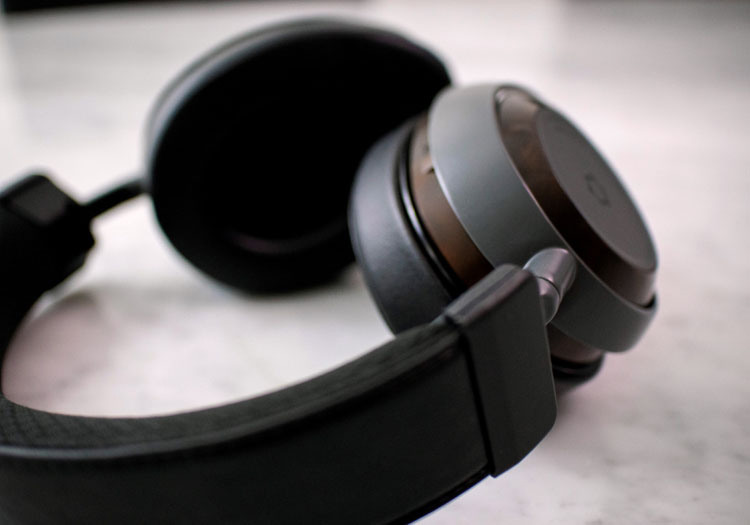
Typically for a review, I select a bunch of recordings to asses a product with. My initial listening took place on my commute. But I was so taken by the ORA GraphenEQ™’s that I took a different approach. Instead, ORA’s incredible headphones quickly made their way to my mixing desk where they remained wired and connected to my audio interface. Selfishly, I used them to finish mixing down a bunch of recordings I was working on. I should note that these are not positioned or marketed as studio-grade headphones. Nevertheless, I found them perfect for that purpose
As I mentioned above, my music-making takes place late at night after the wife and kids are asleep. The unobtrusive ‘not there’ sound was a boon at the final stage of recording. Unlike my Sonys which reveal all the flaws in a mix, the ORA’s helped me achieve a good balance. And since there was a touch more of a bass-y character to the ORA’s, I simply backed off the bass while eq-ing the lower end of my recordings and knew I was in a good place. In fact, now that I’m done with the ORA GraphenEQ™ headphones, I find myself struggling a bit more with my mixdowns than I did before.
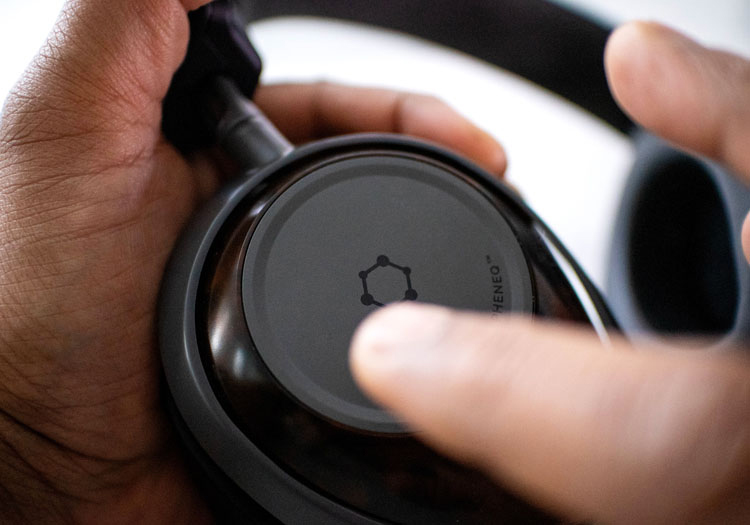
If you’re at all curious, the music I made can be heard here:
As a comparison, I mixed down tracks ‘Monotonous’ and ‘Gully’ without the ORA GrapheneQ’s and mixed down ‘The Wah Wah’, ‘New and Strange’ and ‘Day After’ with them. The latter three simply sound better than the former two. So much so that I’m most likely going to purchase a pair of these headphones to help me make better and clearer recordings. Kicks, snares and percussion were easier to tweak and find a place for in the mix. I also found it easier to pick out clashing sounds and weed out unneeded elements. Yeah, I love love love these headphones.
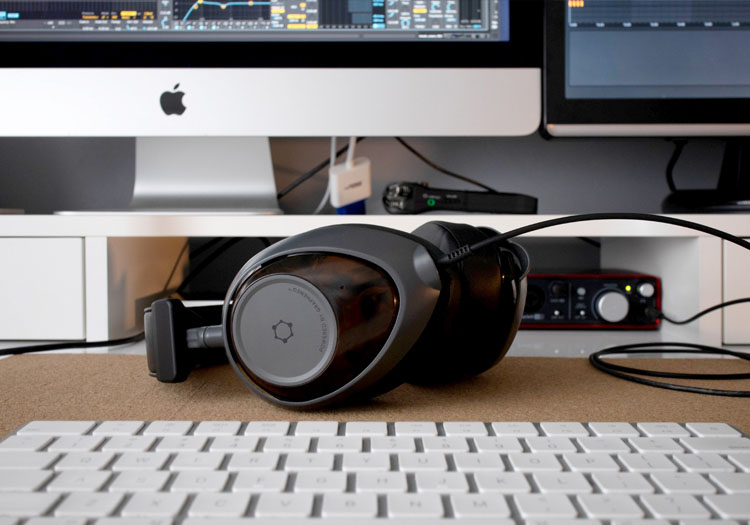
Did I mention I love these headphones? And listen, at $299.00 they are a no brainer for the budget-conscious audiophile looking for a great pair of headphones. Just give ‘em a listen.
- Everything. Seriously. EVERYTHING.
- Smooth unobtrusive sound
- Good bass weight
- Comfortable
- They’re Canadian too
- What comes next
Did I mention I love these headphones? ORA’s GraphenEQ™ Headphones are a great pair of headphones. Are they groundbreaking? I’m a sample size of one, but to me, yes. Yes, they are groundbreaking. I’m curious to see what comes next. Is there a step up from these stunners? What does that sound like? Will ORA decide to make a studio version of the GraphenEQ™ Headphones? Will they make studio monitors? Please say yes to all. I’m a fan.


